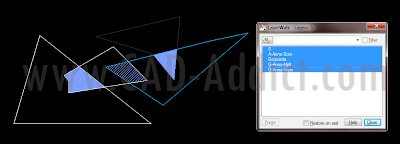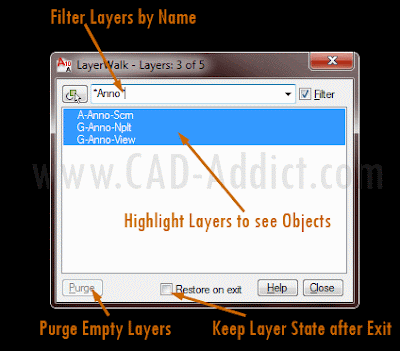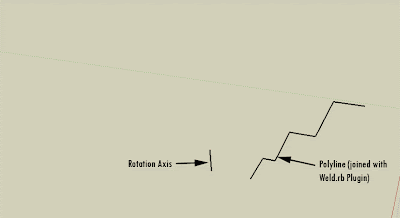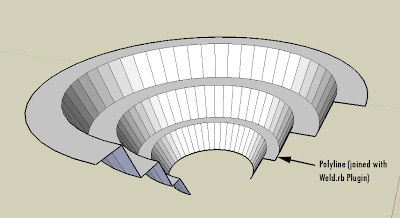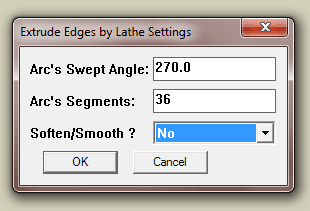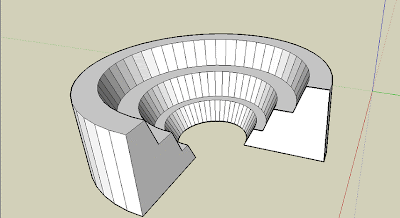 Trying to find free BIM Objects online? Here comes resource number 02
Trying to find free BIM Objects online? Here comes resource number 02Català - Castellano - Deutsch
RevitCity.com has a very nice set of Families for Revit. What is even nicer is that they have their library organized using the CSI Master Format, so if you know this Format, all objects will be easy to find by they number.

As many of these online libraries their strenght is sometimes their biggest flaw. It contains a great number of Families, but this, can become a problem when searching for some content.
One of the big challenges using Revit that I found so far, is the need to have the right families (quality and quantity). Otherwise, any time you want to place a window or a door, there are so many families to consider that you do not consider it at all. Of course, a BIM Model requires to get more detailed as project phases advance, but beeing able to see what you are doing directly in 3D, makes it kind of hard to leave an ugly door in the model as a placeholder.
I guess I am still too much on the CAD side where a window or a door are just symbols that will be described later, but I definetily find this challenging. How many manufacturers are distributing Families/Components of their products as they use to do with CAD Blocks/Cells?
Show me more...











